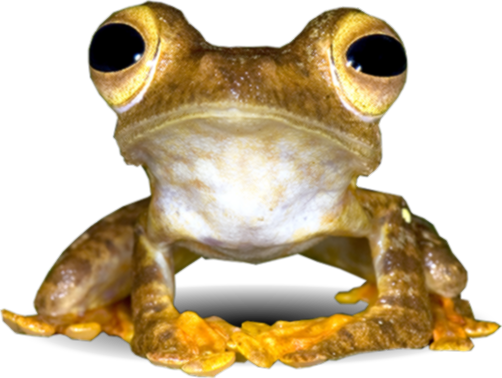This chinese-okra or "petola" in Malay, is a popular vegetable for soup or stir fry. The plant belongs to the genus Luffa and family Cucurbitaceae. French Botanist Joseph Piton de Tournefort introduced the formal genus name Luffa in 1706 (Kumar, 2016), Latinised from the name "Loofah" (Wilde & Duyfjes, 2012). The genus consists of nine accepted species including several common species such as Luffa acutangula (L.) Roxb., L. aegyptiaca Miller, L. operculata (L.) Cogn. and L. sepium (G. Mey.) C.Jeffrey (POWO, 2021).
This "petola" is scientifically named Luffa acutangula, and 'acutangula' means 'with sharp ridges' which refers to the fruit's distinctive ridges (Anon., 2019). The species can be recognised by its cylindrical fruit, 15-30 cm long, that enlarges gradually towards the end. The fruit is usually fibrous and spongy inside and contains flattened, black ovate seeds of 11-22 mm long. The flower is pale yellow, 4–5 cm in diameter, and the green calyx is 10-12 mm long. The leaves, 15–20 cm long, are usually alternately arranged, and the petioles are 8-10 cm long (Panicker, 2020). Luffa acutangula is almost indistinguishable from L. aegyptiaca, except that the leaves of L. acutangula are pale green and the flowers are pale yellow (Chabert-Llompart, 2016) whereas the leaves of L. aegyptiaca are dark green and the flowers are deep yellow (Anon, 2019).
Other than cooked as vegetables, young fruits of L. acutangula can be eaten as bite-size pickles (Anon., 2019). In India, this species is widely utilised as a traditional medicinal herb to treat various health issues (Panicker, 2020), for example, the leaves and fruit powder are used to cure jaundice, and the fruit is used to treat diabetes (Shendge & Belemkar, 2018).
